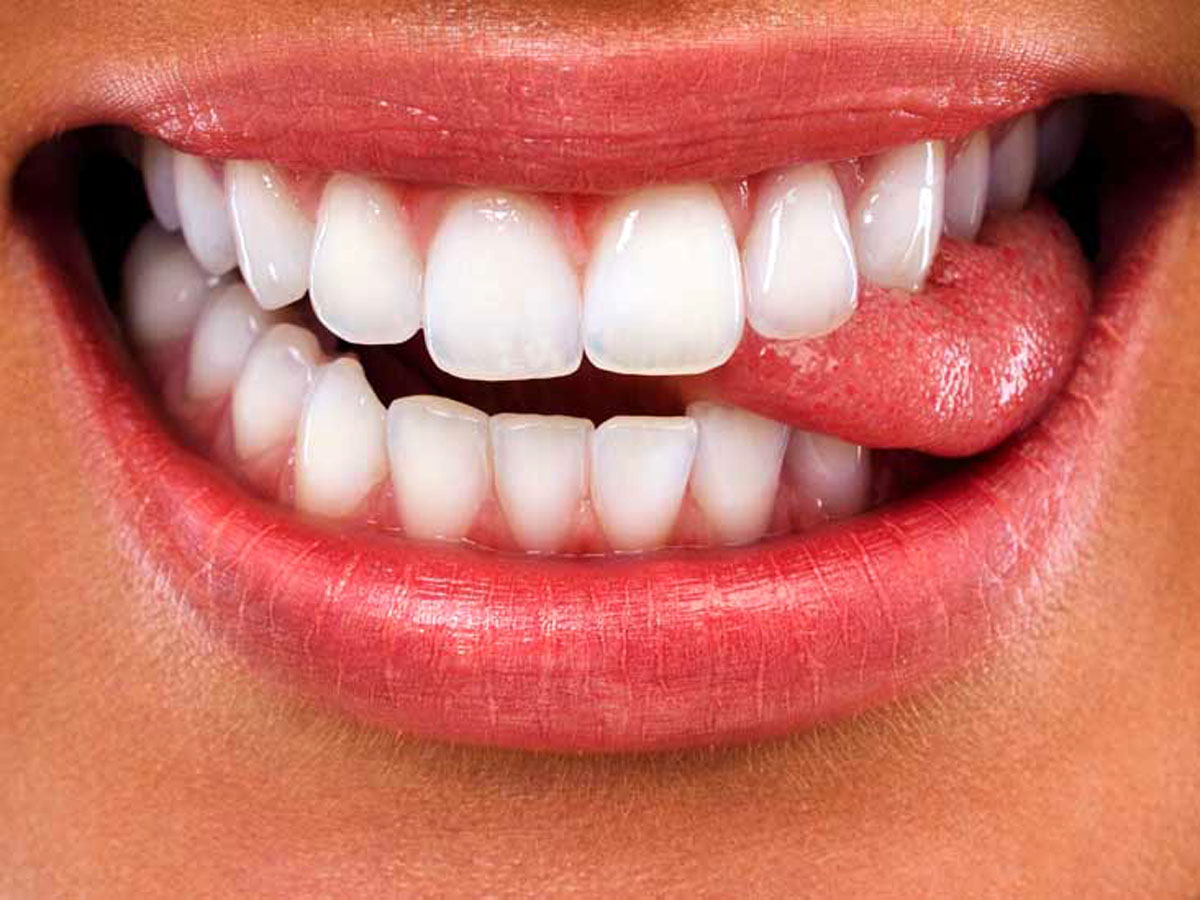Improper swallowing is the swallowing with anterior tongue thrust, which is associated with limb placement of the tongue on the palatal surface of the front teeth. This particular way of swallowing begins in infancy and can persist into adulthood creating abnormalities convergence and change in oral -neuromuscular behaviour.
More specifically, the infantile way of swallowing stops appearing at the age of 5-6 years, but in a percentage of 10%-15% it remains. Children go through a transitional stage before reaching the way an adult swallows, but the difficulty to discover and adapt to him, it creates or exacerbates orthodontic problems.
The causes of improper swallowing are:
- Alveolar and skeletal abnormalities
- The oversized tongue
- The small mouth (narrow palate) that needs to be corrected immediately
- When the teeth of the upper jaw are not in contact with the teeth of the lower jaw during closing (teeth gap)
- Prolonged sucking of the fingers or the pacifier. This para – functional habit creates yawning which should have been stopped before the treatment.
When the tongue presses between or against the teeth, it can negatively affect the condition of the soft tissues, tooth position, bone development and general oral function. Some of the symptoms caused by tongue thrusting which occurs 2,500 to 3,000 times during the day with little or no conscious thought is, the effect on the hard palate, pain due to the imbalance of oral – facial muscles, difficulty swallowing food, chronic mouth breathing and nasal congestion etc.
If parents notice a teeth gap or a narrow palate in their child’s mouth, they should visit the orthodontist as soon as possible. Swallowing by pushing the tongue forward can be corrected if diagnosed early (up to 7-8 years) otherwise the tongue gets used to the wrong position.
In order to correct this specific problem, there are special orthodontic appliances that are placed in children’s dentition (3-4 years old) and help to stop these habits in time, otherwise the problem will grow. Orthodontic treatment should be accompanied by instructions of change in the way of swallowing.
If the defective swallowing persists, it will be necessary to apply additional oral – facial and muscle – functional therapy with the aim of strengthening the muscles of the tongue initially and learning the correct way to swallow afterwards. This specific speech therapy intervention is good to combine with orthodontic treatment to improve and stabilise the orthodontic result and reduce the time of orthodontic treatment. At Great Smile orthodontic clinic we provide Pediatric dentistry services, in order to examine small patients and apply the best orthodontic treatment.

